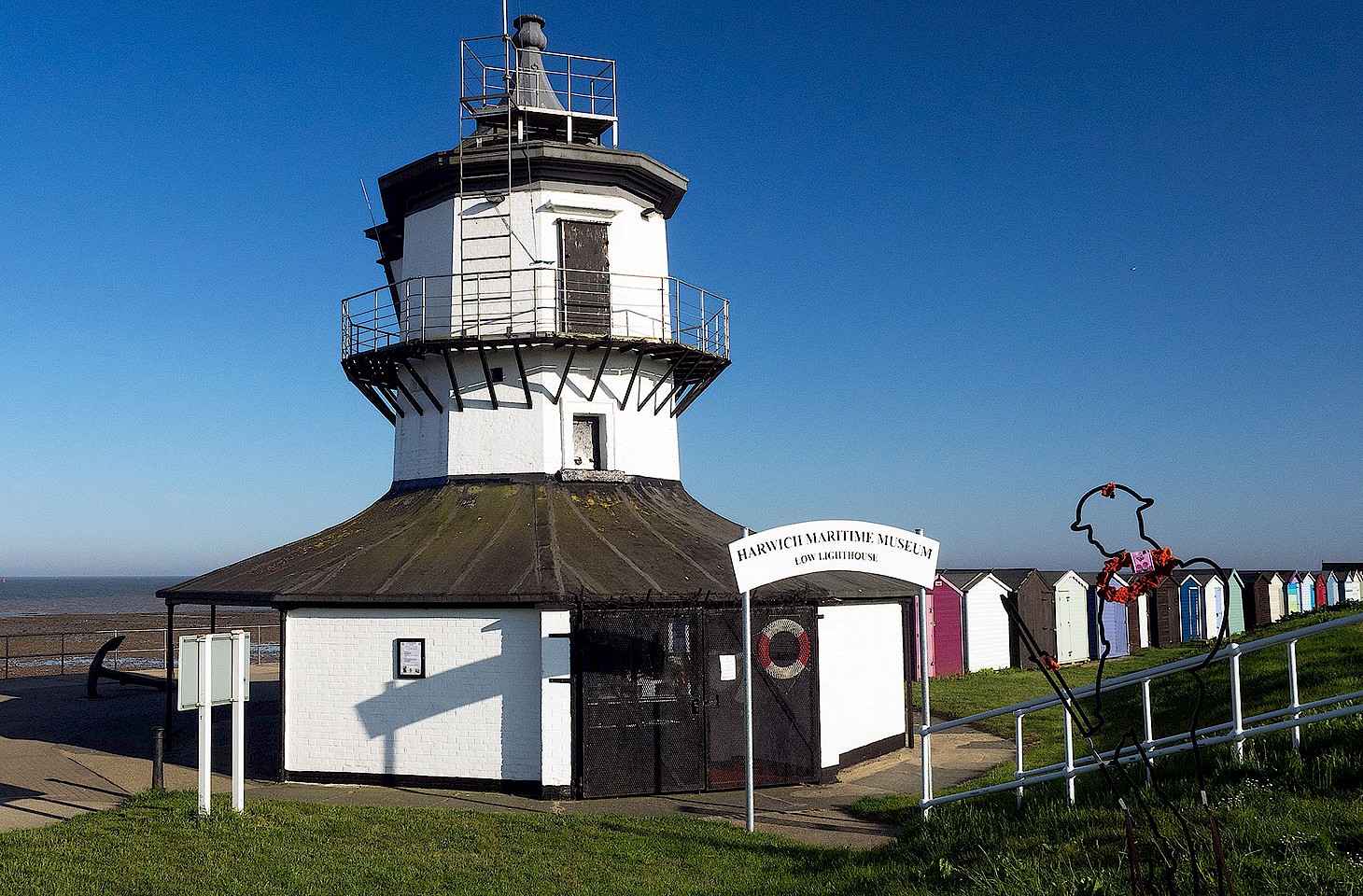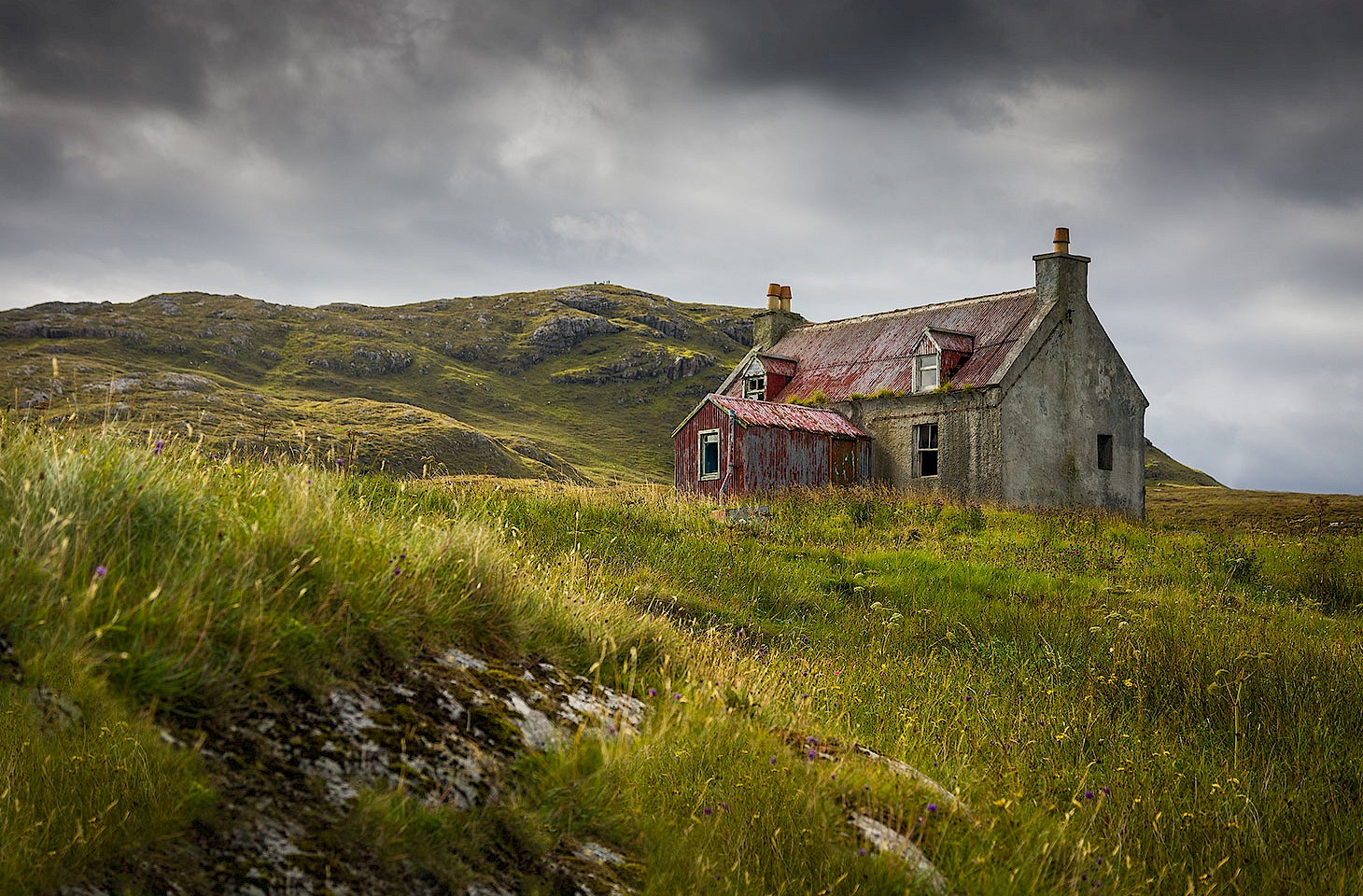hidden europe 24
Of turrets and towers
by Nicky Gardner
Summary
From radio towers in Moscow, to the ancient pigeon towers of Isfahan, towers are things to be celebrated and explored. We look at some of Europe's finest, and take a close look at towers along the route of the Great Western Railway from London to Penzance.
The old town of Harwich, a port in the county of Essex on England's North Sea coast, is tucked away on the end of a peninsula. Maritime connections have shaped the development of Harwich. It's a place for sea breezes, rock oysters and watching the ferries come and go.
mapping the special appeal that remote island communities have held for filmmakers: Whisky Galore!, Stromboli and more
hidden europe explores a little moment in cinematic history that led to a Hebridean island getting its first proper road




